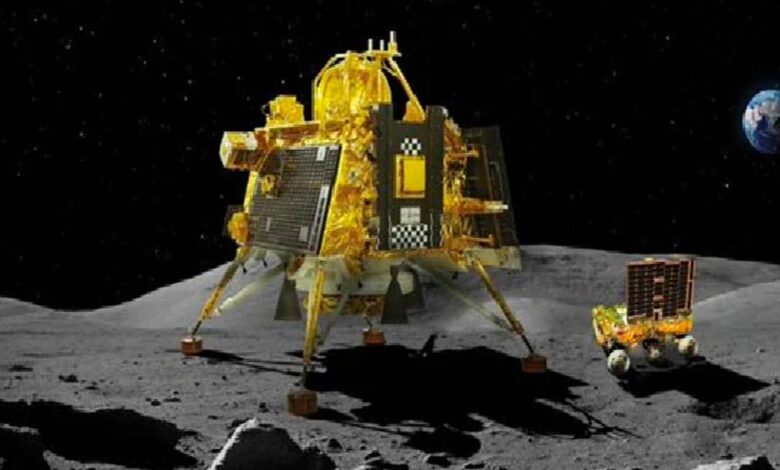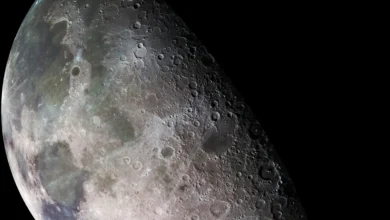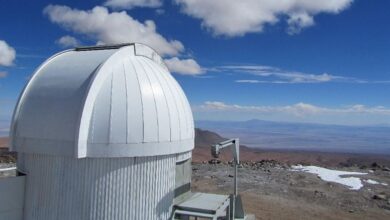Chandrayaan 3’s rover detects Oxygen and other elements on lunar south pole; Search underway for hydrogen
Chandrayaan 3 has unveiled two significant discoveries regarding the moon: one relates to temperature, while the other highlights the existence of various elements, including oxygen.

A week after ISRO’s historic lunar mission, Chandrayaan 3 has swiftly advanced in its mission and has now confirmed the presence of sulphur, aluminium, calcium, iron, chromium, titanium, manganese, oxygen, and silicon on the lunar surface adjacent to the southern pole.
ISRO has released a chart that illustrates the occurrence of these elements across different ranges that correspond to wavelengths.
Chandrayaan 3 has identified the presence of several elements on the moon’s surface: Aluminum (Al), sulphur (S), calcium (Ca), iron (Fe), chromium (Cr), titanium (Ti), manganese (Mn), silicon (Si), and oxygen (O). These findings carry significance, particularly because if the mission successfully detects hydrogen, it would represent a notable advancement in the search for water on the moon.
While navigating the lunar terrain to conduct its experiments, the Pragyan rover came across a crater measuring 4 meters in diameter, situated just 3 meters ahead of its intended position. Consequently, Pragyan’s trajectory was adjusted to a different route. The lunar South Pole is characterized by numerous craters of similar nature.
Chandrayaan 3 conducted measurements of the moon’s soil temperature, finding fascinating revelations. The temperature spans from minus 10 degrees Celsius to approximately 70 degrees Celsius. Notably, the reading of minus 10 degrees was captured at a depth of 80 mm beneath the lunar surface, while the temperature registered above the surface stood at 60 degrees Celsius, at an approximate distance of 20 mm. : PM Modi declares the landing site of Chandrayaan-3 on Moon as ‘Shivashakti Point’



